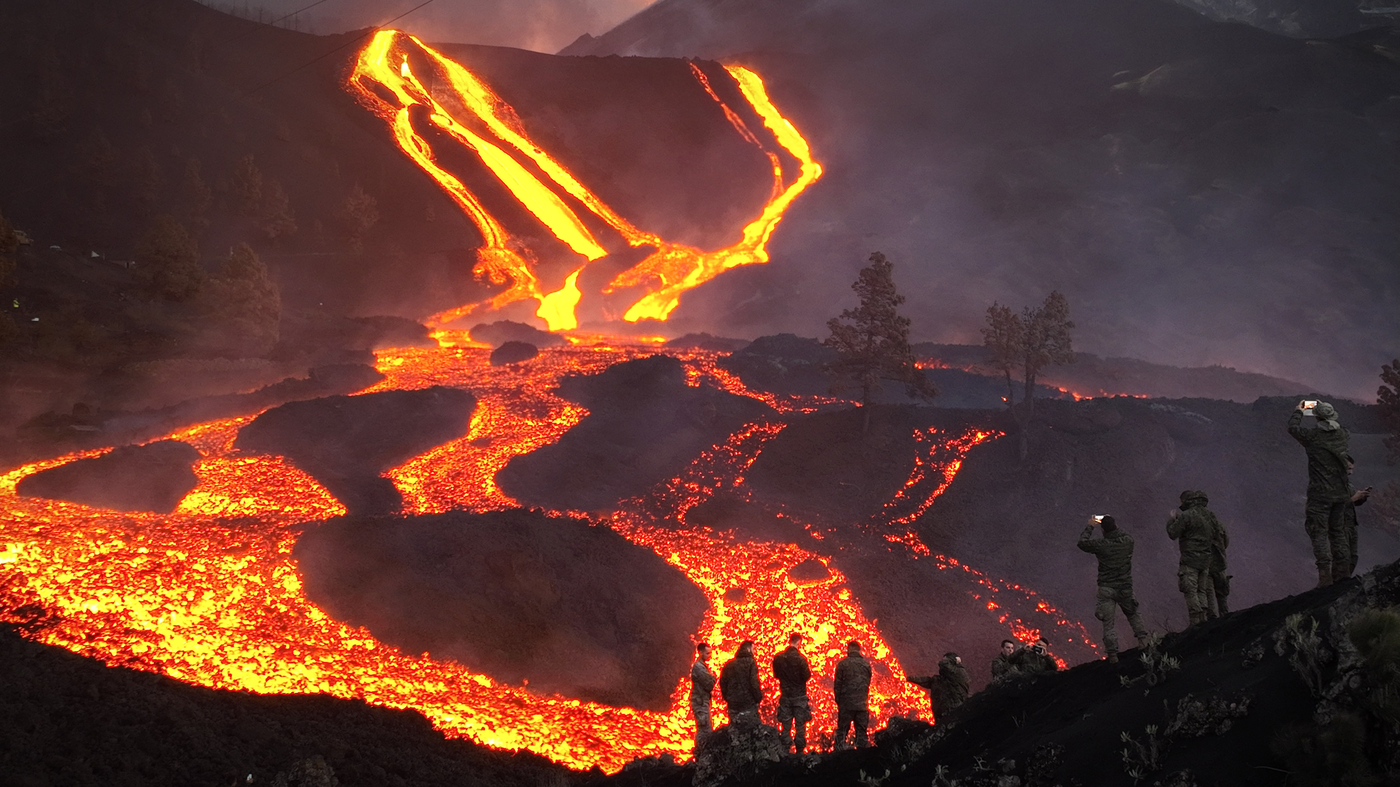
The Canary Islands, a captivating archipelago located in the Atlantic Ocean off the northwest coast of Africa, stand as a testament to the earth’s geological dynamism. Born from ancient volcanic activity, these islands offer a remarkable opportunity to delve into the intricacies of our planet’s history and explore the awe-inspiring landscapes that have emerged from the fiery embrace of the Earth.
With their distinctive topography, diverse ecosystems, and a legacy carved in rock and ash, the Canary Islands present a captivating narrative of natural wonders shaped by volcanic forces.

A Geological Canvas:
The Canary Islands’ geological heritage is a rich tapestry woven over millions of years. This archipelago of seven main islands and numerous smaller ones owes its existence to a complex interplay of volcanic activity, tectonic movements, and erosional forces. At the heart of this history lies a series of volcanic eruptions that have both molded the islands’ landscapes and given them their unique character.

From the dramatic slopes of Mount Teide on Tenerife to the ethereal landscapes of Lanzarote’s Timanfaya National Park, the Canary Islands’ terrain bears the indelible marks of their fiery origins.
Mount Teide, a dormant stratovolcano and the highest peak in Spain, is the crown jewel of Tenerife. Its majestic silhouette dominates the island’s skyline, a reminder of the immense geological processes that have shaped its form. The volcanic nature of Mount Teide’s terrain is evident in its craggy rock formations and the remnants of past eruptions, creating an awe-inspiring environment for both hikers and geology enthusiasts.
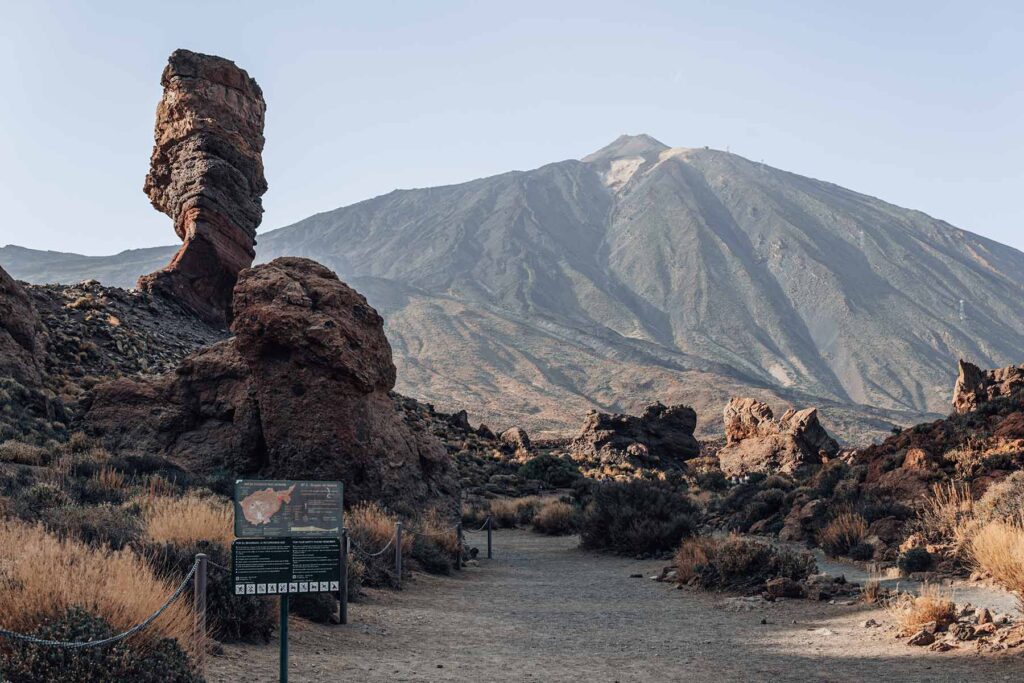
Timanfaya National Park in Lanzarote, often referred to as “Fire Mountains,” offers a surreal landscape that transports visitors to another world.
The park’s vast lava fields, bubbling geothermal vents, and solidified lava tubes provide a glimpse into the raw power of volcanic activity. Here, the Earth’s fiery past is laid bare, showcasing the transformative potential of geological forces and the resilience of life that emerges in their aftermath.
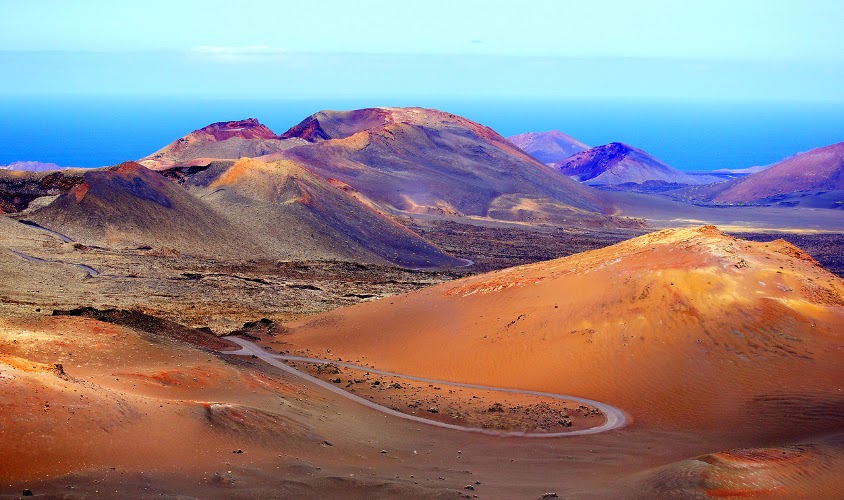
A Symphony of Ecosystems:
The Canary Islands’ volcanic heritage isn’t just an account of destructive forces; it’s also a story of resilience and adaptation.
Despite the challenging conditions posed by volcanic terrain, these islands host a diverse range of ecosystems that have evolved to thrive in this unique environment. From coastal cliffs to dense forests and from sandy shores to high-altitude peaks, the Canary Islands offer a staggering variety of habitats, each with its own array of plant and animal species.
One of the most fascinating aspects of these ecosystems is their endemism. The Canary Islands are home to numerous plant and animal species found nowhere else on Earth. Evolutionary isolation, combined with the archipelago’s diverse microclimates, has given rise to a remarkable array of flora and fauna that have adapted to the islands’ specific conditions. The Canarian pine (Pinus canariensis), for instance, thrives in the higher altitudes and exhibits unique adaptations to drought and fire, showcasing the intricate interplay between life and its surroundings.
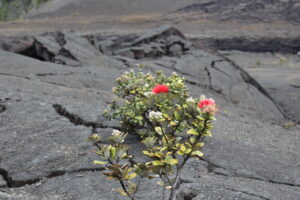
Marine Life and Submerged Beauty:
The volcanic magic of the Canary Islands isn’t confined to the land alone; it extends beneath the waves, offering a realm of marine diversity and submerged beauty. The surrounding ocean waters teem with life, from colorful fish to majestic sea turtles and even the occasional playful dolphin or curious whale.
Diving and snorkeling enthusiasts are treated to an underwater wonderland, where volcanic formations create captivating landscapes that rival those on land. The submerged volcanic rock formations, caves, and arches provide homes for a multitude of marine species. The crystal-clear waters allow for unparalleled visibility, offering a chance to witness the intricate dance of life beneath the surface.
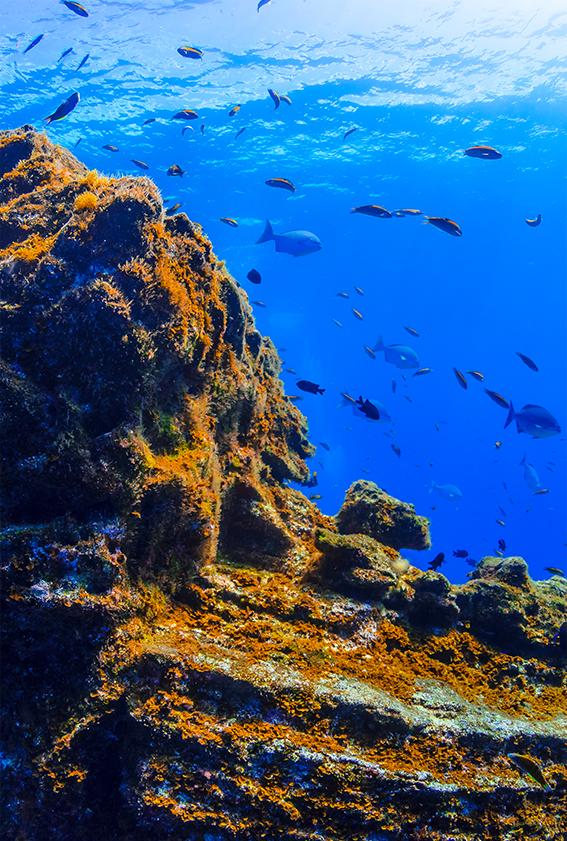
Preservation and Conservation:
Understanding the significance of their volcanic heritage, the Canary Islands have taken strides to protect and preserve their natural wonders. Many of the archipelago’s sites of geological importance have been designated as protected areas or national parks, ensuring that these landscapes remain untouched by human interference and accessible for future generations to appreciate.
The delicate balance between tourism and conservation is exemplified by the meticulous management of areas like Timanfaya National Park. While visitors are allowed to explore and marvel at the park’s volcanic wonders, strict regulations are in place to minimize environmental impact. This commitment to sustainable tourism allows the islands to share their geological treasures while safeguarding their fragile ecosystems.
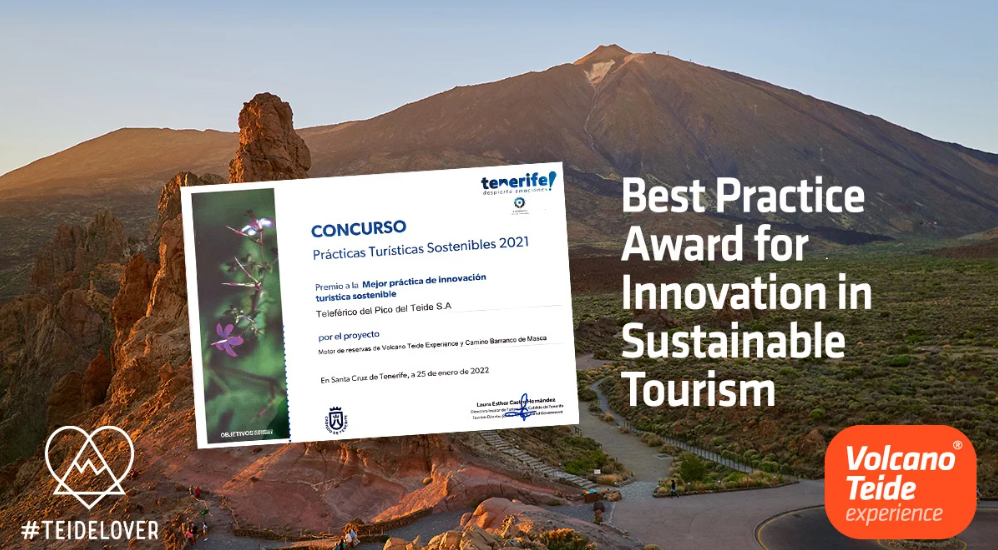
The Canary Islands, a true geological marvel, invite adventurers, nature enthusiasts, and curious minds to explore their volcanic landscapes and delve into the secrets of Earth’s past. From the dramatic peaks of Tenerife to the ethereal lava fields of Lanzarote, these islands offer a unique perspective on our planet’s geological history. The interplay between fiery eruptions, ecological adaptation, and human stewardship creates a narrative that resonates with the essence of exploration and the wonder of the natural world. As visitors traverse the volcanic trails and gaze upon the breathtaking vistas, they become witnesses to the ongoing dialogue between the forces that shape our planet and the life that flourishes amidst its fiery embrace. The Canary Islands stand as a testament to the beauty and resilience of nature, an enduring reminder of Earth’s profound geological story.
Tags:
- CANARY ISLANDS
- Canary Islands Biodiversity
- Canary Islands Geology
- Canary Islands Travel
- Geological Diversity
- Geological Marvels
- Geological Wonders
- Island Ecosystems
- Island Exploration
- Island Geography
- Island Volcanoes
- Lava Formations
- Natural Beauty
- Natural Phenomena
- Unique Landscapes
- Volcanic Adventure
- Volcanic Formations
- Volcanic Landscapes
- Volcanic Treasures
- Volcano Tourism
